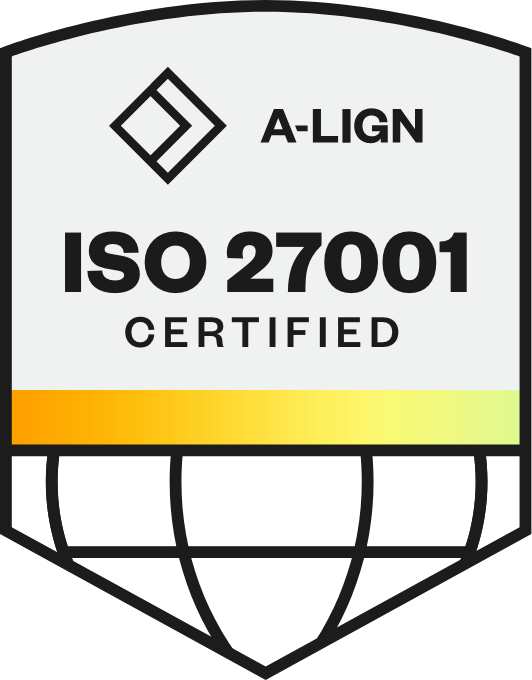
It is often the case that day-to-day priorities take precedence over long-term strategic initiatives. For transmission operators battling extreme weather events – such as the heatwave spreading across Europe that has caused wildfires to ravage Spain, Italy, Greece, and France – those priorities have been relentless, and this trend is likely to continue as climate change increases the severity and frequency of hazardous conditions.
However, we have reached the point where ignoring long-term strategy simply cannot wait. In fact, it will exacerbate day-to-day issues and the commercial tightrope will become ever thinner. Establishing a digitized data strategy (DDS) is now a critical factor. And while some progress has been made by utilities, there is still a way to go. So, why is it high time to set a DDS?
Operational risks
First, risks that must be managed or avoided need to be looked at. There are many categories of risk that an underdeveloped digitized data strategy can expose a utility too, but none so important as the risk to life.
Any activity involving high voltage power involves an element of risk to life that must be managed, but that is doubly true for those utilities in regions exposed to extreme weather events. Utilities are not responsible for the weather, but they are responsible for the state of their assets, thus vegetation management, for example, is considered a critical activity for powerline owners in the context of wildfires, where close proximity to dry vegetation is an ignition risk. In fact, six of California’s 20 most destructive wildfires since 2015 were caused by powerlines. Loss of life is the worst-case scenario, however, utility damage can incur significant financial costs, so this must also be considered.
Continuing with vegetation management is a labor, cost, and time intensive process that traditionally involves powerline inspectors physically searching for problem areas before actioning a team to remove vegetation. By contrast, with a DDS, a data-lead method involves strict prioritization of vegetation management hotspots based on previously harvested data points. Ground crews can then be dispatched more effectively, saving on costs while more exactly addressing the risk.
Operational opportunities
Smart use of data can transform daily operations by forming the basis for next-gen approaches, such as living digital twins (LDT) and drone-based automated inspection regimes which can, in turn, can create savings for the bottom line.
Of course, there is a distinction to be made between data-led solutions and a digitized data strategy. It is possible to invest in a data-led solution for a specific problem, and then in another for a different problem, however, this risks both wasting money on repetitive data collection and overlapping functionality. To be strategic, it is advisable for utilities to set their DDS before investing too much in any particular point solution.
Jump or be pushed
One of the most compelling reasons to set up a digitized data strategy might be that government and regulators may soon require utilities to do so. For example, recommendation 23 of the FERC-NERC report into the 2021 cold weather outages in the US presses transmission operators to implement automatic data update methods to help other stakeholders respond in a similar event. Whilst not an outright call for a core data strategy, it’s an example of a policy push for grid hardening, and we can only expect more similar pressures to come as grid resiliency rises up the agenda.
A digitized data strategy can also be a boon when it comes to demonstrating compliance with existing regulations. When a regulator requests it, a utility with an effective DDS can bring up a clear, transparent audit trail of activity with a few clicks of a mouse, whereas current utilities may struggle to gather years of documentation.
Unpicking complexities
While it is true that data should remain firmly under the utility’s ownership, a software as a service (SaaS) approach can offer multiple commercial benefits, including set-up speed, scalability, cost-effectiveness, and leveraging software built by top tech talent.
In fact, as of 2022, SaaS is often the more secure choice in terms of cyber and data security. The utility can retain control of the data, but it can no longer be assumed that in-house and on-premise is the safest place for sensitive data to be. Utilities can stand to greatly simplify their journey in setting a DDS by embracing the power of SaaS.
Are you ready to define your digitized data strategy and improve operations with your own living digital twin? Talk to the Sharper Shape team today.

